Shoe racks and shelving units are essential pieces of furniture in many homes, designed to help organize space and keep areas neat and tidy. However, like any other storage solution, they can face wear and tear over time. What are the common maintenance issues that homeowners might encounter with these storage units, and how can they be addressed effectively?

1. Wear and Tear on Material
One of the common issues with both shoe racks and shelving units is the wear and tear on the material, especially if they are made from wood, metal, or plastic. Over time, these materials can begin to show signs of damage, such as scratches, dents, or discoloration. Wooden racks might warp due to humidity changes, while metal racks may rust if exposed to moisture, especially in areas like entryways or bathrooms. Plastic shelving can become brittle or crack after prolonged use.
Solution: To prevent this, regular cleaning and maintenance are essential. For wooden racks, use a wood cleaner and apply a protective coating, such as wax or oil, to keep the wood moisturized. For metal racks, ensure that they are kept dry and rust-free by wiping them down regularly and applying a rust-resistant coating if needed. Plastic racks should be stored away from excessive sunlight to prevent brittleness.
2. Instability and Loose Screws
Another issue that can arise with shoe racks and shelving units, especially those that require assembly, is instability. Screws and fasteners can become loose over time, causing the unit to wobble or even collapse under weight. This issue is common in inexpensive, self-assembled units, which may not have the same long-term durability as higher-quality alternatives.
Solution: To avoid this, check the screws, bolts, and fasteners every few months to ensure that everything is tightly secured. If necessary, replace any worn-out screws with stronger, more durable ones. If the shelving unit is on a wall or in a place where it can potentially tip over, consider using wall anchors or brackets for extra stability.
3. Clutter and Poor Organization
Another maintenance issue is poor organization within the racks or shelves. Over time, the items stored on shoe racks or shelving units can become disorganized, clutter. This not only affects the aesthetic appeal of the space but also reduces the functional capacity of the unit. Shoes might become crammed together, making it difficult to find a pair when needed. Similarly, shelves can get overloaded, making the unit look messy and causing potential damage from overloading.
Solution: Regularly declutter the unit by removing shoes or items that are no longer needed. Reorganize the remaining items based on frequency of use or size. For better organization, consider using smaller bins or storage boxes on the shelves, or opt for adjustable shelving to maximize space effectively.
4. Damage from Heavy Loads
Shoe racks and shelving units are typically designed to hold a specific weight. Overloading a unit can result in sagging shelves, bowed frames, or even complete collapse. This issue is particularly problematic with wire or plastic racks that may not be built to handle heavy loads.
Solution: Follow the manufacturer's recommended weight limits for each shelf or rack. If you need to store heavy items, such as large boots or bags, consider upgrading to a more robust shelving unit or adding additional support to the existing unit to prevent damage.

 English
English 中文简体
中文简体


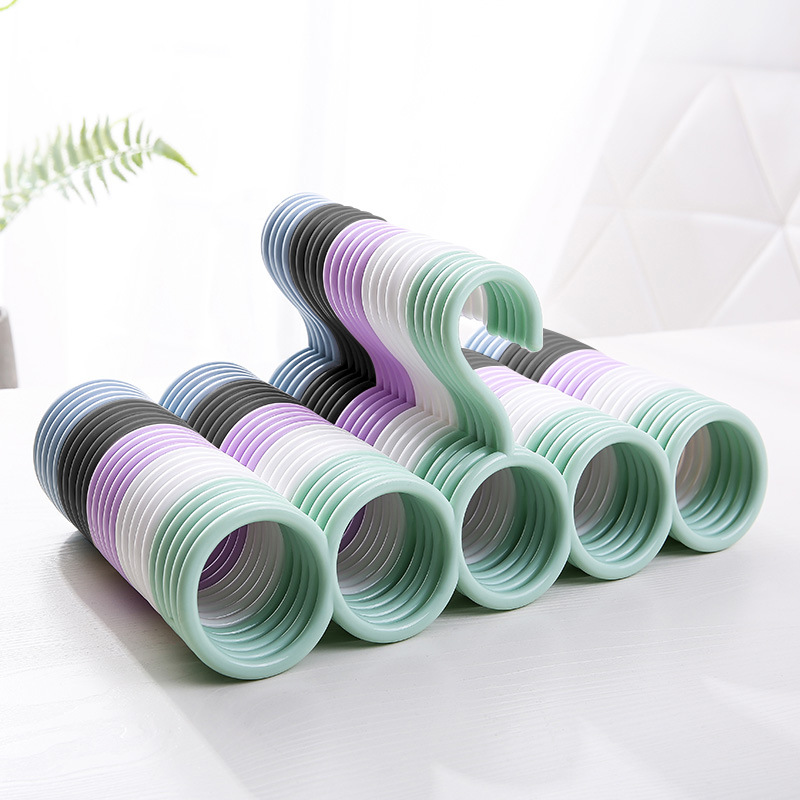
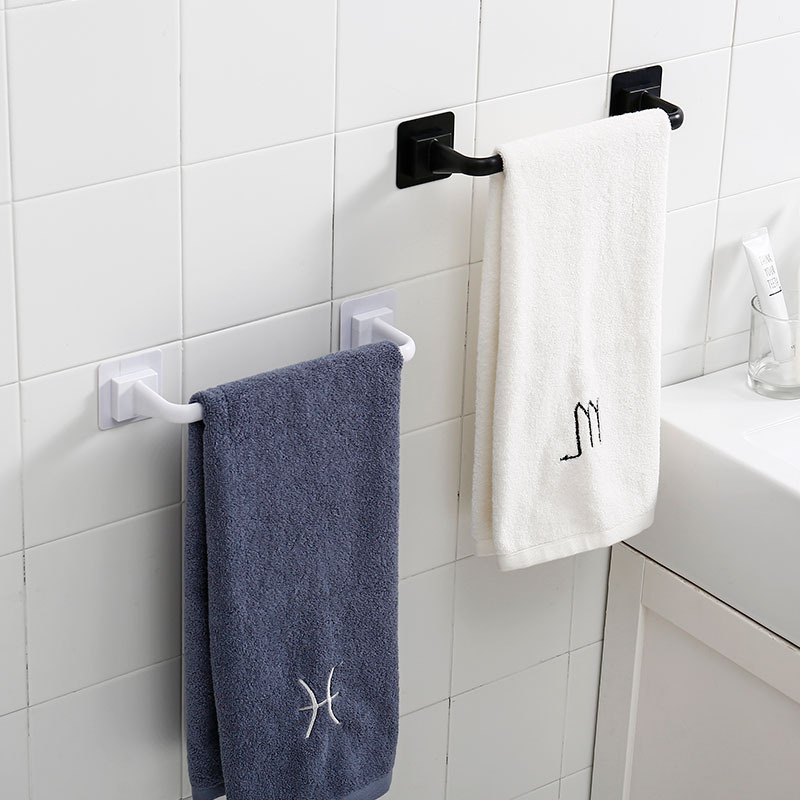
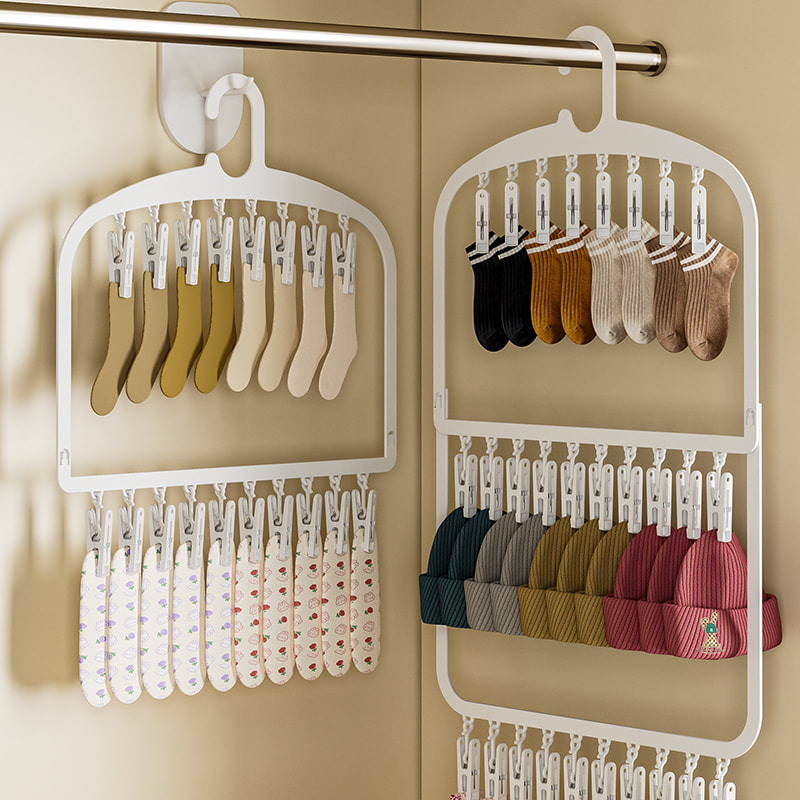
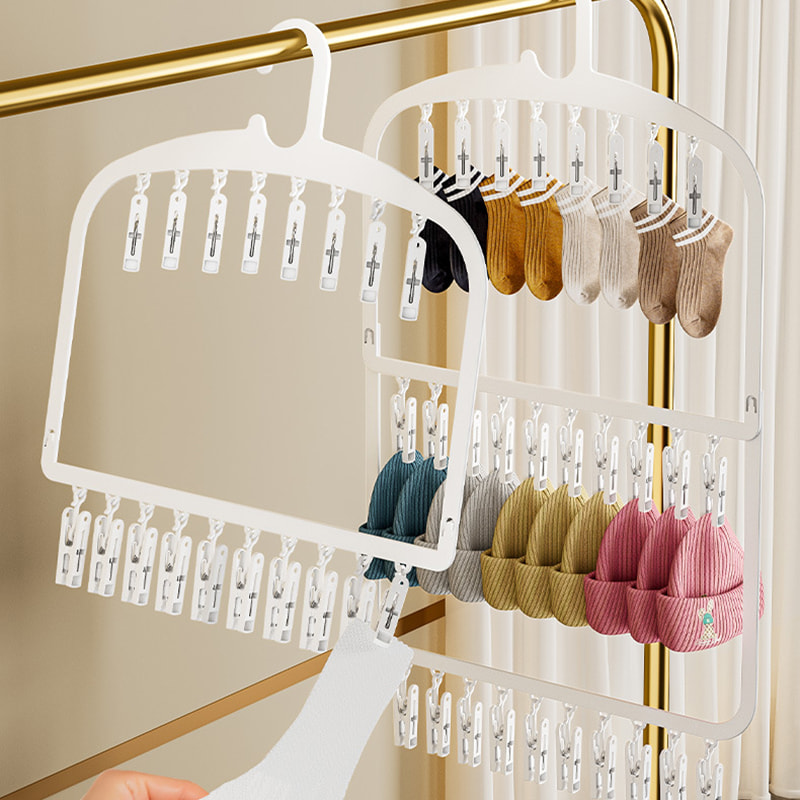
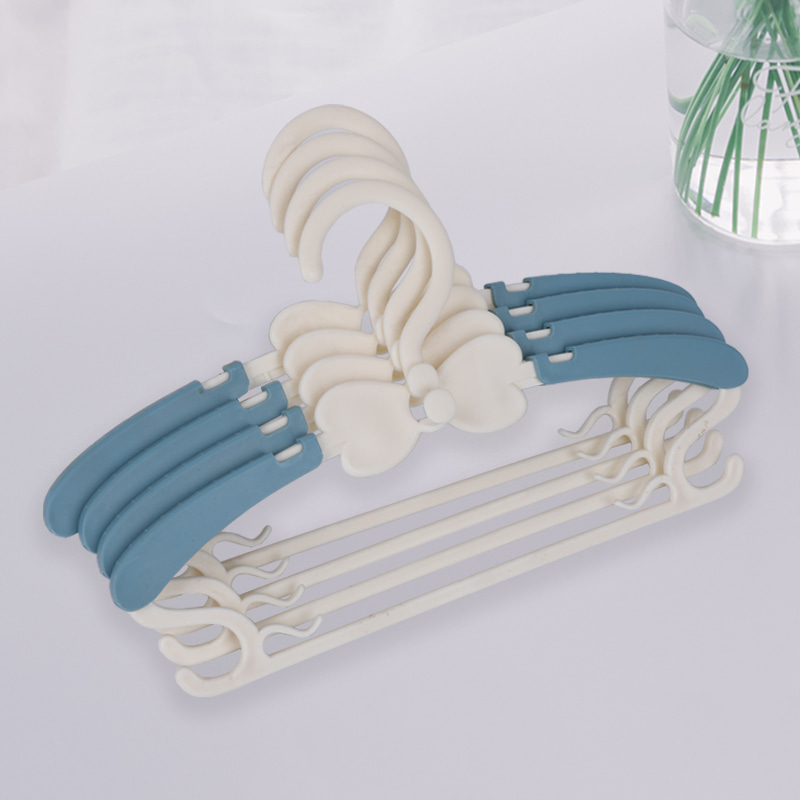
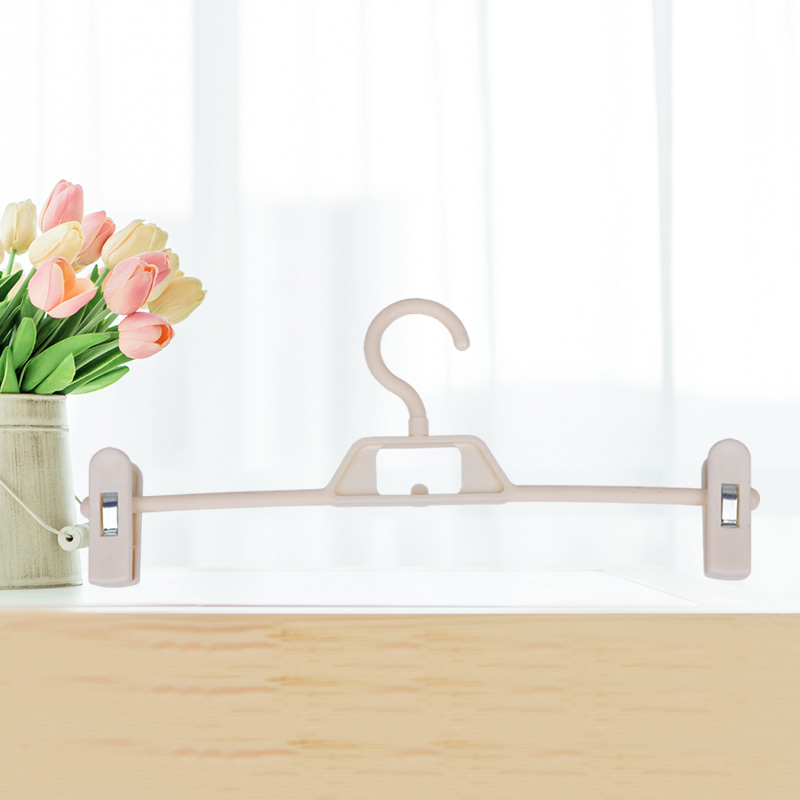
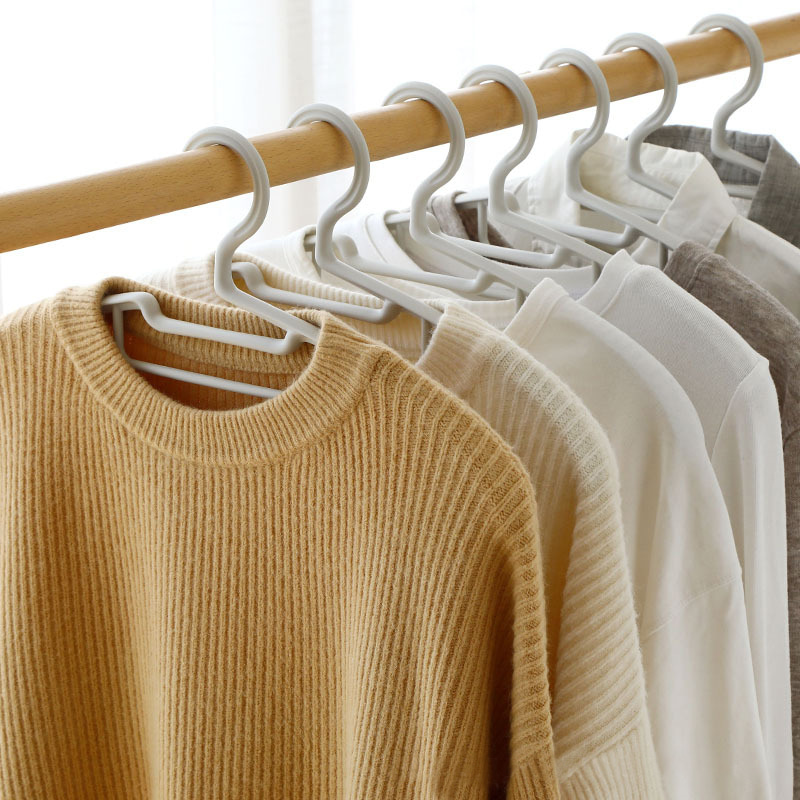
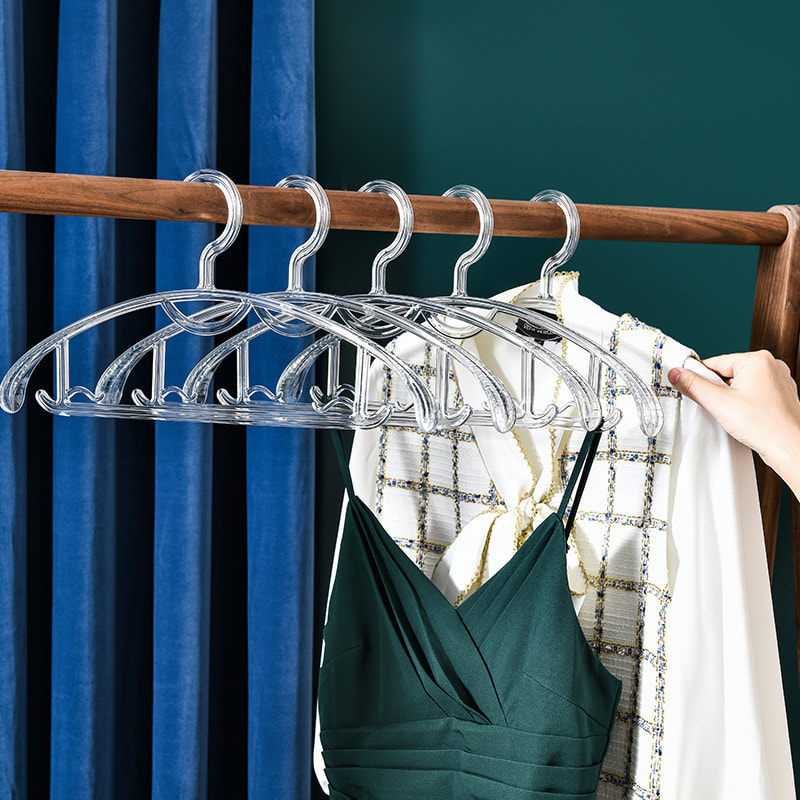
 Phone
Phone
 Email
Email